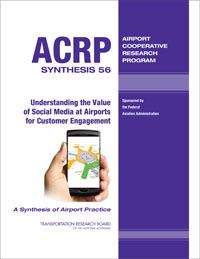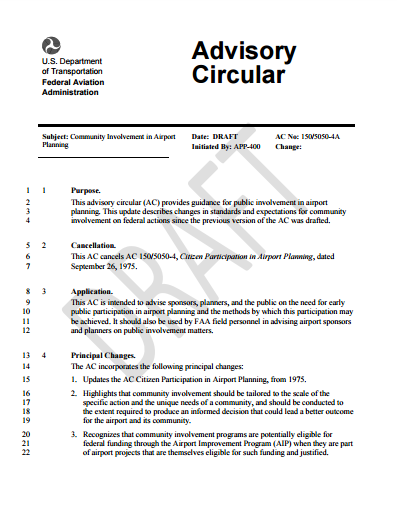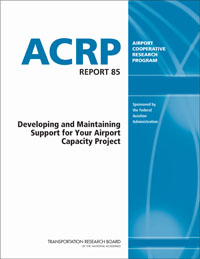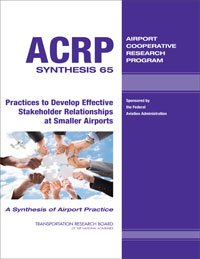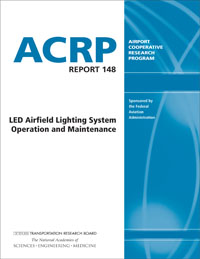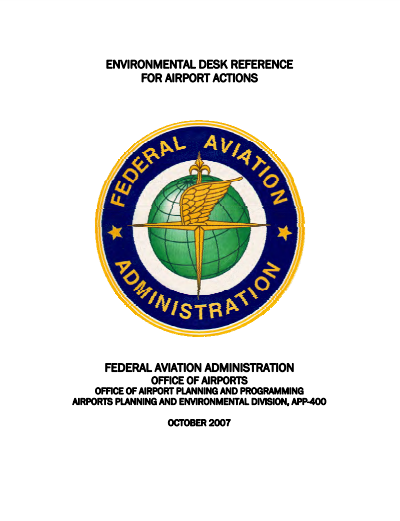ACRP Web-Only Document 13: Alternative Fuels as a Means to Reduce PM2.5 Emissions at Airports
Abstract
This web-only document presents the findings of ACRP Project 02-23, undertaken to investigate the impact that alternative fuel use could have on emissions and ambient air pollution concentrations of fine particulate matter (PM2.5) at airports. The results are based on modeling of emissions and ambient air pollution concentrations at five case study airports for those sources that contribute most to PM2.5 emissions. Alternative fuels were selected for analysis primarily based on their potential to reduce PM2.5 and were limited to those with short-term (i.e., fewer than 10 years) commercial availability and available emissions data. The largest emission reductions occurred when alternative jet fuel was used in aircraft and auxiliary power units (APUs). This was followed by replacing diesel-fueled ground support equipment (GSE) with GSE powered by electricity, fueled by liquefied petroleum gas (LPG), or fueled by compressed natural gas (CNG); gate electrifications; and replacing GSE diesel with biodiesel. In terms of air quality impact, the highest air pollution impact reductions generally occurred when diesel-fueled GSE was replaced with electric, LPG, or CNG equivalents, followed by alternative jet fuel use in aircraft and APUs, replacing GSE diesel with biodiesel, and gate electrification.
